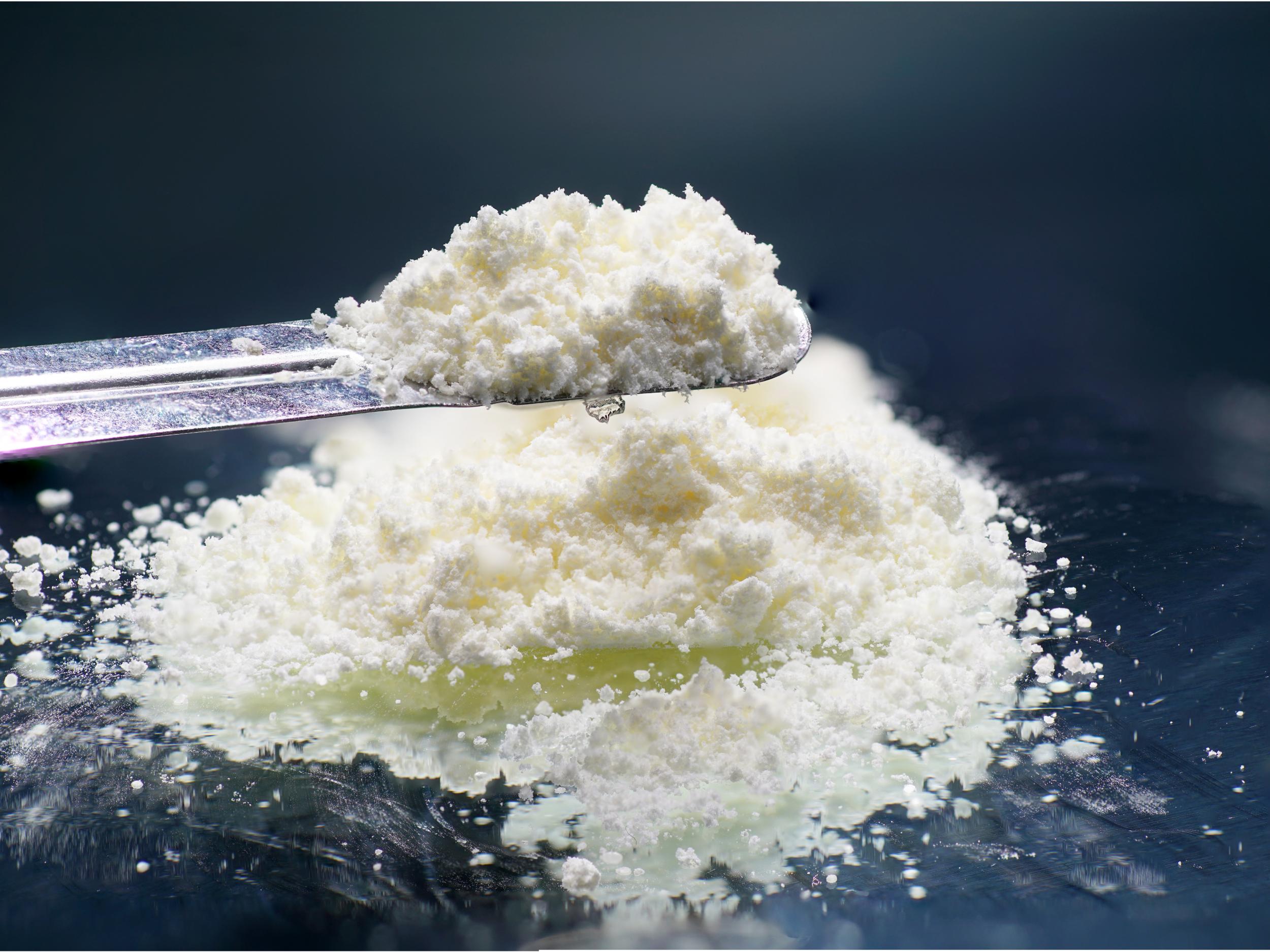New laser technology which can identify unknown white powder developed by scientists
Instant identification of powders could be useful when detecting counterfeit pharmaceuticals, conducting foodstuff analysis or identifying hazardous material such as explosive residues

Your support helps us to tell the story
From reproductive rights to climate change to Big Tech, The Independent is on the ground when the story is developing. Whether it's investigating the financials of Elon Musk's pro-Trump PAC or producing our latest documentary, 'The A Word', which shines a light on the American women fighting for reproductive rights, we know how important it is to parse out the facts from the messaging.
At such a critical moment in US history, we need reporters on the ground. Your donation allows us to keep sending journalists to speak to both sides of the story.
The Independent is trusted by Americans across the entire political spectrum. And unlike many other quality news outlets, we choose not to lock Americans out of our reporting and analysis with paywalls. We believe quality journalism should be available to everyone, paid for by those who can afford it.
Your support makes all the difference.A new laser technology which can identify unknown white powders has been developed by scientists.
Substances which have not been identified can create problems for crime scene investigators.
Touching them could be dangerous or compromise the evidence, while sending samples to a laboratory to be worked out could take too long.
Now, scientists at Heriot-Watt University have proved that white powders have a unique "fingerprint" which allows them to be identified instantly, using portable laser technology.
Professor Derryck Reid said: "The instant, accurate identification of white powders could be useful in a range of scenarios, such as detecting counterfeit pharmaceuticals, conducting foodstuff analysis or identifying hazardous material like explosive residue.
"We made use of the concept that white powders have a colour fingerprint that can be seen using a process known as spectrometry.
"The powders have different chemical bonds and this affects how they absorb light.
"By analysing the contrast between the infrared light we beam at the powders, compared to what colours come back, we can identify individual chemicals and compounds.
"This has an obvious application for narcotics detection.”
The team at the university were able to identify 11 white powder samples using their infrared laser system.
No samples or disturbance of the powders were required and they could be identified from up to 1m away.
PA
Join our commenting forum
Join thought-provoking conversations, follow other Independent readers and see their replies
Comments